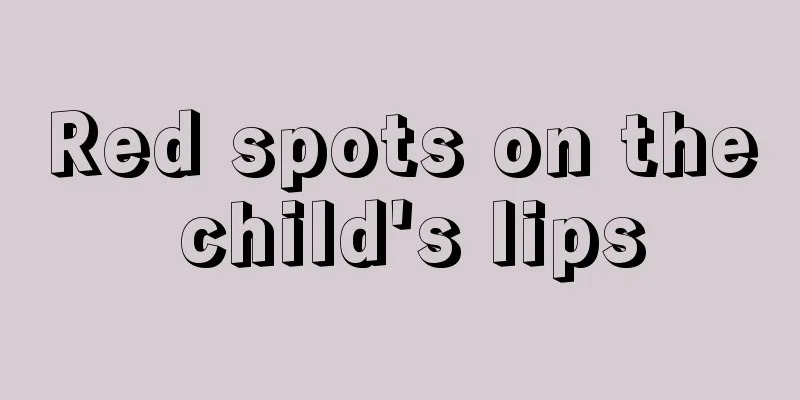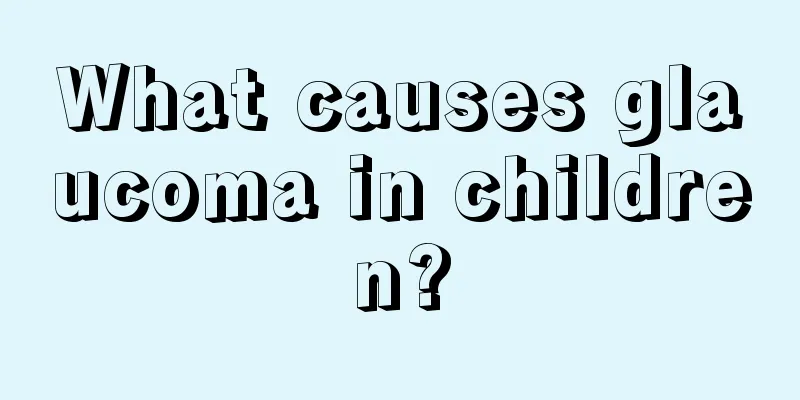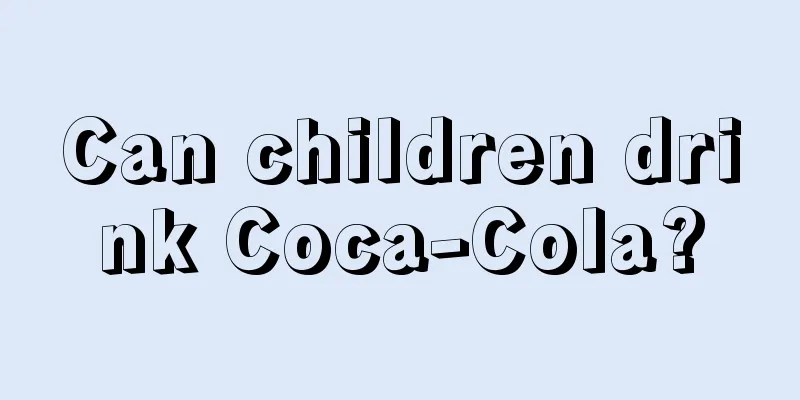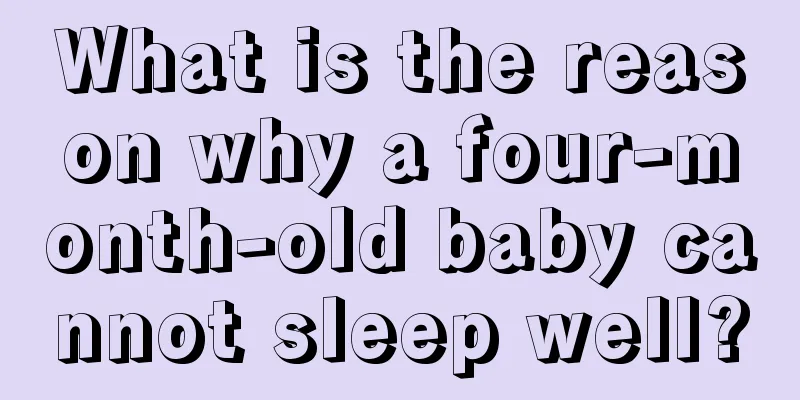Red spots on the child's lips

|
Children's immunity is relatively low, and even with careful care, it is difficult to ensure that they will not get sick and develop various symptoms. Many children have had red spots on their lips. There are many causes of this symptom, such as hand, foot and mouth disease, oral ulcers, herpetic stomatitis and herpetic pharyngitis. So, what are the specific symptoms of these diseases? The following will introduce the symptoms of these diseases in detail to help parents make judgments! 1. Hand, foot and mouth disease Small red spots inside a child's mouth may be caused by hand, foot and mouth disease, which can damage the oral cavity. Oral symptoms: Millet-sized blisters occur on the hard palate, buccal mucosa, tongue, lips and gums. They are painful and quickly break open to become grayish-white erosions or shallow ulcers surrounded by a red halo. Other symptoms: 1. The incubation period is 4 to 7 days. The onset is mainly characterized by low fever, oral ulcers, mouth pain, accompanied by drooling, loss of appetite, etc. Patients with severe symptoms may develop high fever, with body temperature ranging from 38℃ to 40℃. 2. After the onset of the disease, rashes can be seen on the palms and soles of the feet. They first appear as red papules and then turn into vesicles. There is generally no rash on the trunk. 2. Oral ulcers The small red spots in a child's mouth may be oral ulcers, a common ulcerative injury disease that occurs in the oral mucosa. Oral symptoms: Ulcers are often seen on the inner side of the lips, tongue, tongue ventral side, buccal mucosa, vestibule groove, soft palate and other parts. Other symptoms: may be complicated by bad breath, chronic pharyngitis, constipation, headache, dizziness, nausea, fatigue, irritability, fever, swollen lymph nodes and other systemic symptoms. 3. Herpetic stomatitis If a child has small red spots in his or her mouth, it may be herpetic stomatitis, which means herpes will appear in the mouth. Oral symptoms: Any part of the oral mucosa can be affected, especially on the upper palate and gingival margin near the deciduous molars. The main symptoms are clusters of small blisters that are easy to break, forming large areas of erosion. Other symptoms: The prodromal symptoms are severe and may include fever, headache, fatigue, muscle pain, swollen lymph nodes, etc. 4. Herpetic pharyngitis The appearance of small red spots inside a child's mouth may be herpetic pharyngitis, during which herpes will appear in the mouth. Oral symptoms: Small blisters will appear on the palate mucosa, becoming 2 to 3 mm in diameter within 2 to 3 days, and then break to form white or yellow ulcers. After the blisters break into small ulcers, there will be pain. Other symptoms: Fever is the main accompanying symptom, but the body temperature is usually not high. Almost at the same time as the blisters rupture, the body temperature begins to gradually return to normal. |
<<: What to do if your child always bites his lower lip
>>: What to do if your child has a cough and diarrhea
Recommend
What can children eat to make their dark skin white?
For most children, their skin tends to be relativ...
Treatment of hyperopic amblyopia in children
I believe that everyone is not too familiar with ...
What are the health products for children to enhance their physical fitness?
Children are the most fragile treasures in the wo...
What foods can babies eat to help digestion?
Babies are fragile. They don’t have a strong dige...
My baby doesn't like to sleep anymore
A newborn baby sleeps all the time in the first m...
What should I do if my baby always has a fever?
There are many reasons why children have recurren...
Baby hits head
Many babies will bump into things while playing, ...
What should I do if my baby keeps coughing?
When you encounter a baby coughing, you still nee...
Symptoms of otitis media in one-year-old baby
Generally speaking, one-year-old babies are in re...
What to do with a baby with a bad stomach?
The health of the baby is the wish of all mothers...
What to do if baby has eczema and scratches the skin
Infant eczema is closely related to diet, because...
How to prevent complications of colds in children
In daily life, children's colds are often ign...
How to deal with a baby's temperature of 38 degrees
The baby's body temperature shows 38 degrees....
What to do if your child has too much self-esteem
Having self-esteem is a good thing, and children&...
What to do if your baby has a cold stomach and vomits
There are many reasons for babies to vomit. Only ...









